www.biorxiv.org/content/10.1...

www.biorxiv.org/content/10.1...
We identified evolutionary origins of many fungal effectors!
We show that fungi secrete lots of antimicrobial proteins, and that some of them were repurposed by plant pathogens for host immune suppression.
www.biorxiv.org/content/10.1...
cc @teamthomma.bsky.social

A mycovirus infecting the pathogenic fungus Aspergillus fumigatus enhances its stress tolerance and virulence in mice.
@shlezingerlab.bsky.social #Mycoviruses #FungalPathogenesis #Aspergillus #MicroSky
www.nature.com/articles/s41...

A mycovirus infecting the pathogenic fungus Aspergillus fumigatus enhances its stress tolerance and virulence in mice.
@shlezingerlab.bsky.social #Mycoviruses #FungalPathogenesis #Aspergillus #MicroSky
www.nature.com/articles/s41...
www.cell.com/cell/fulltex...
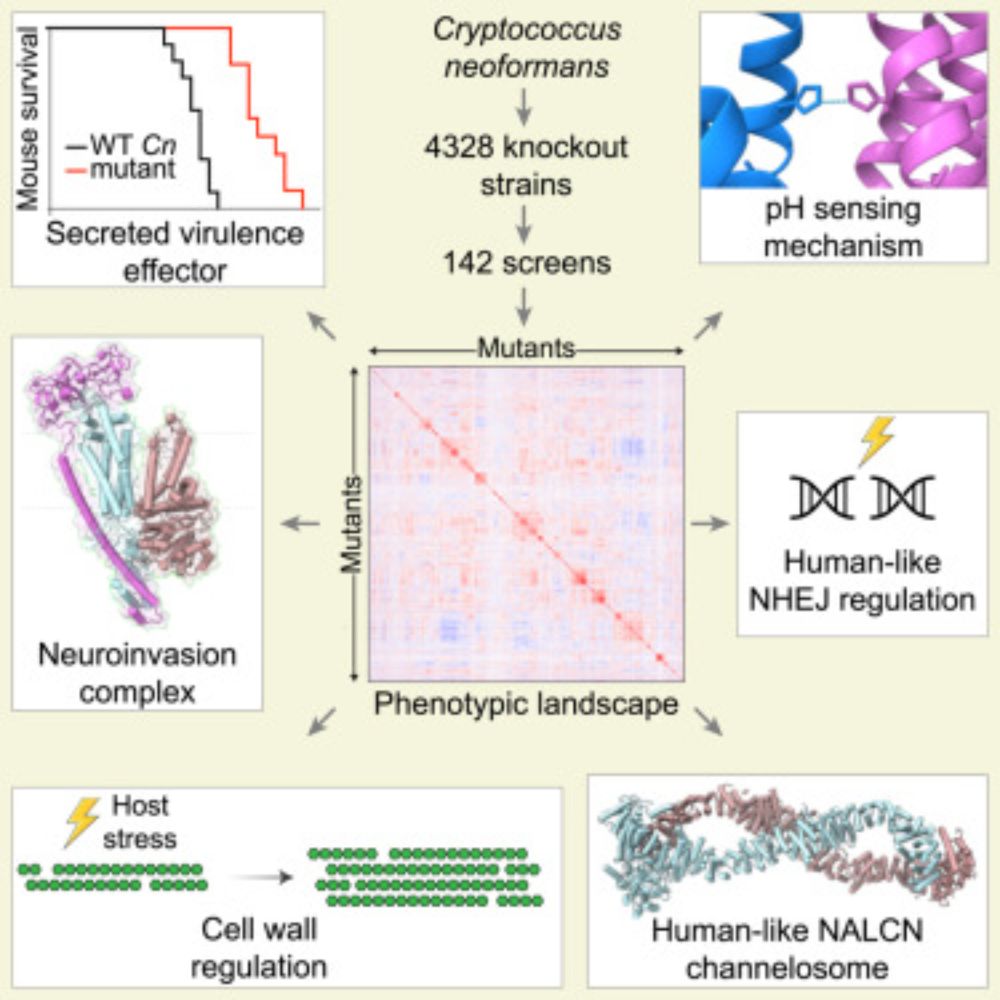
www.cell.com/cell/fulltex...
rdcu.be/exBSp
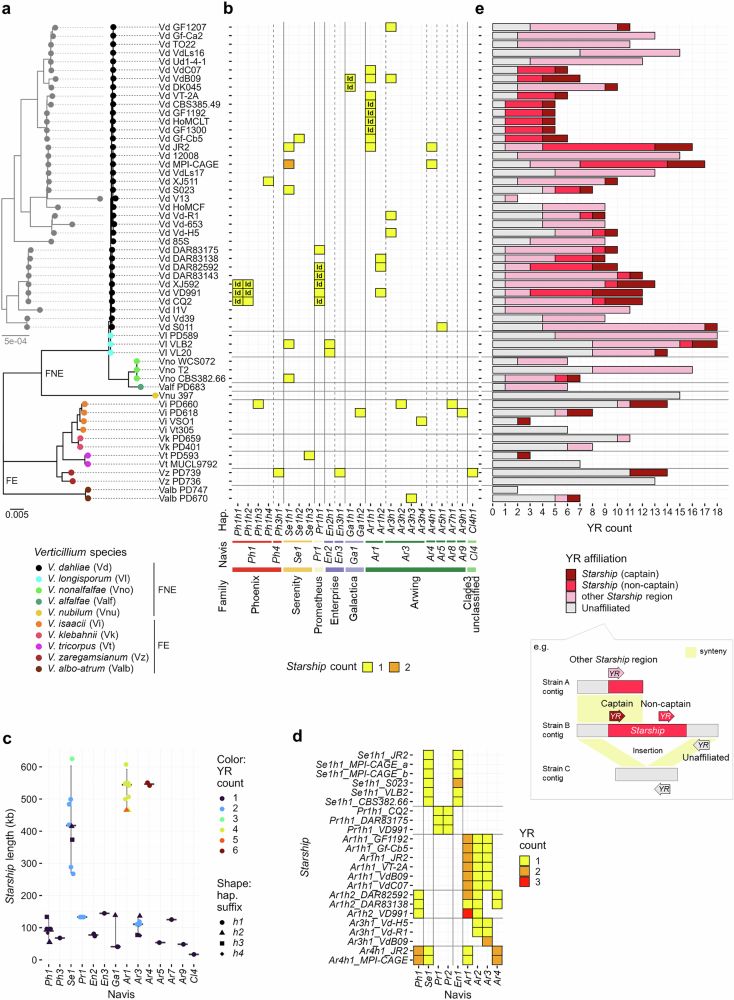
rdcu.be/exBSp
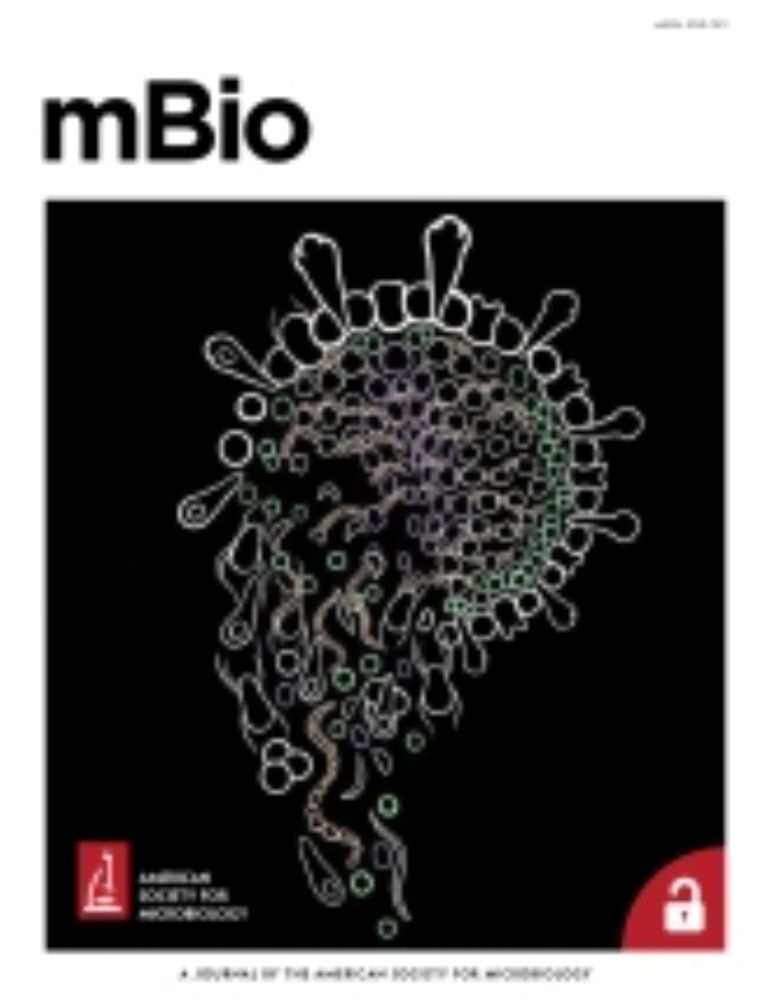

Under the hood it's the same BLAST executable and databases provided by NCBI, with a replica of the NIH's interface - providing an alternative to the US gov service that's less congested, faster & more reliable
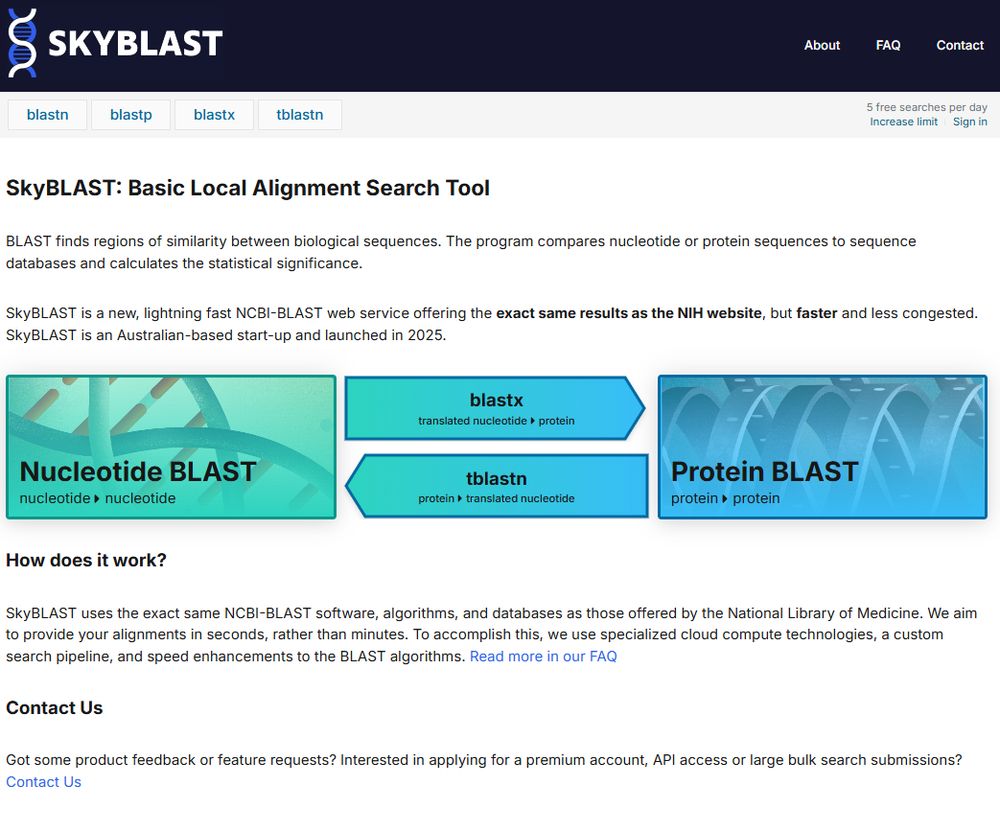
Under the hood it's the same BLAST executable and databases provided by NCBI, with a replica of the NIH's interface - providing an alternative to the US gov service that's less congested, faster & more reliable
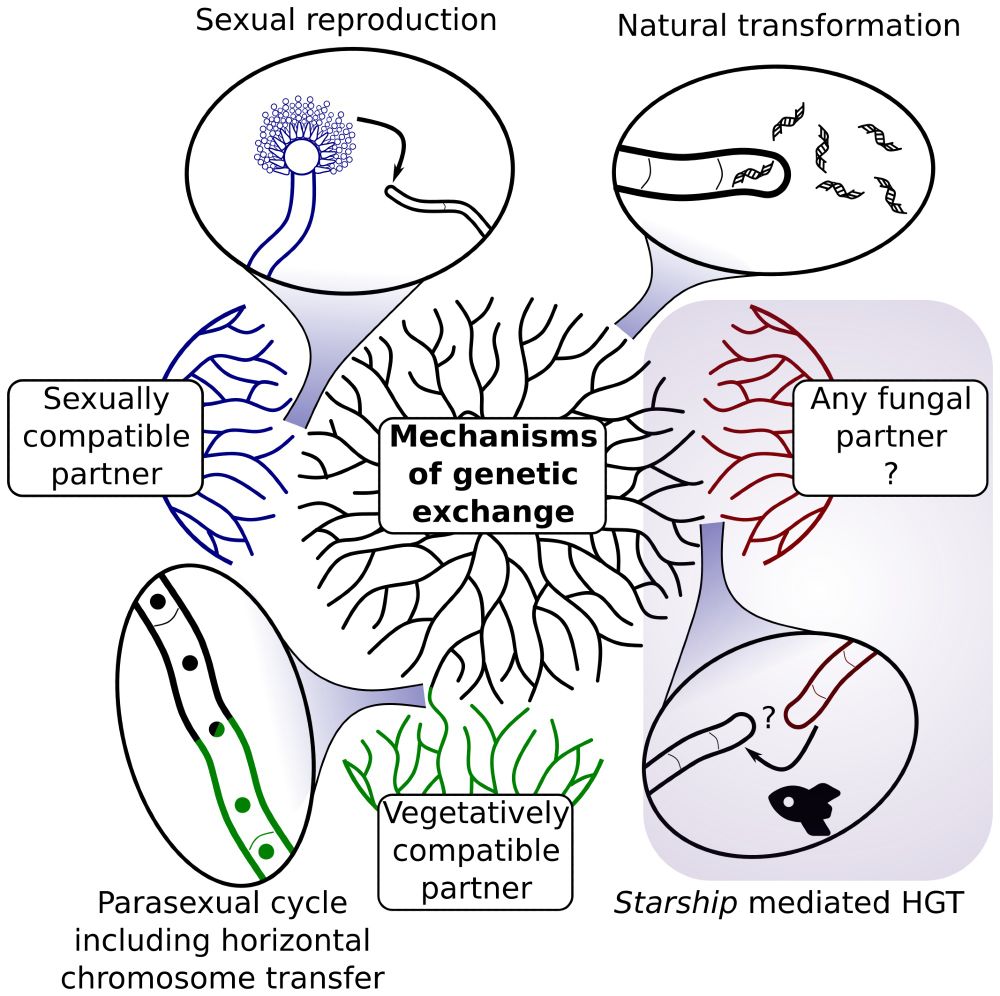
Plant pathogenic fungi hijack phosphate signaling with conserved enzymatic effectors | Science www.science.org/doi/10.1126/...
A wonderful collaboration with the Schaffrath @rwth.bsky.social and Oliveira-Garcia groups! Huge credit to Carl Mcombe and Alex Wegner.
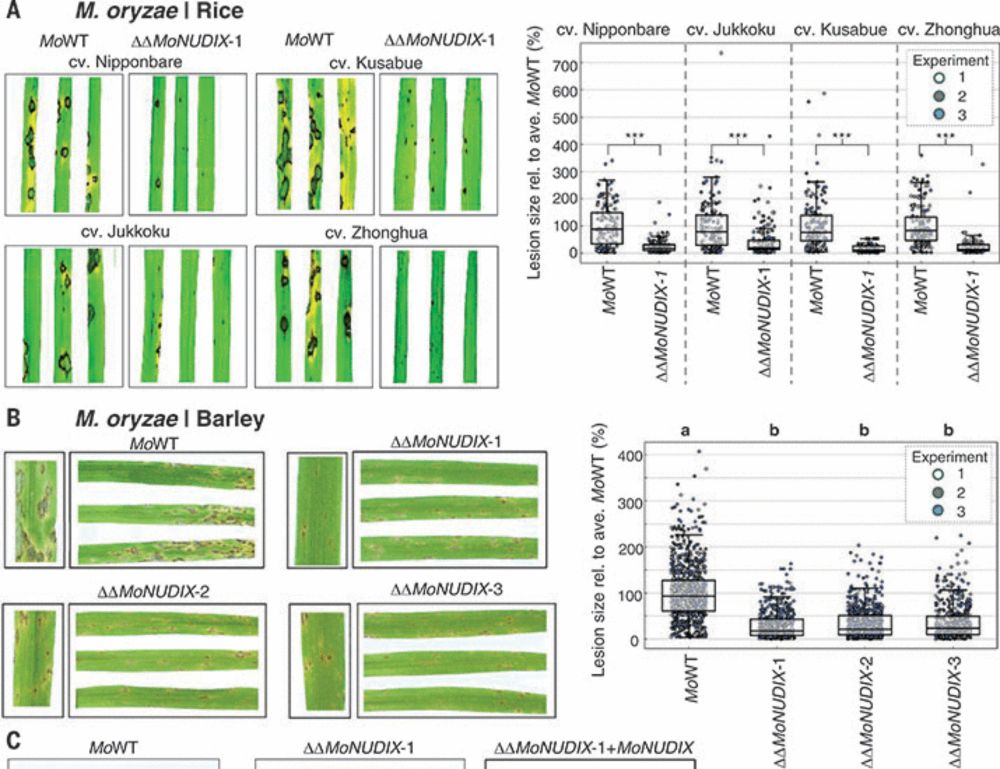
Plant pathogenic fungi hijack phosphate signaling with conserved enzymatic effectors | Science www.science.org/doi/10.1126/...
A wonderful collaboration with the Schaffrath @rwth.bsky.social and Oliveira-Garcia groups! Huge credit to Carl Mcombe and Alex Wegner.
Our ethos for many years now:
1. All papers preprinted along with data.
2. No commercial publishers.
3. Only publish in scientific society journals and with reputable non-profit publishers.
4. Collaborators do what they want.
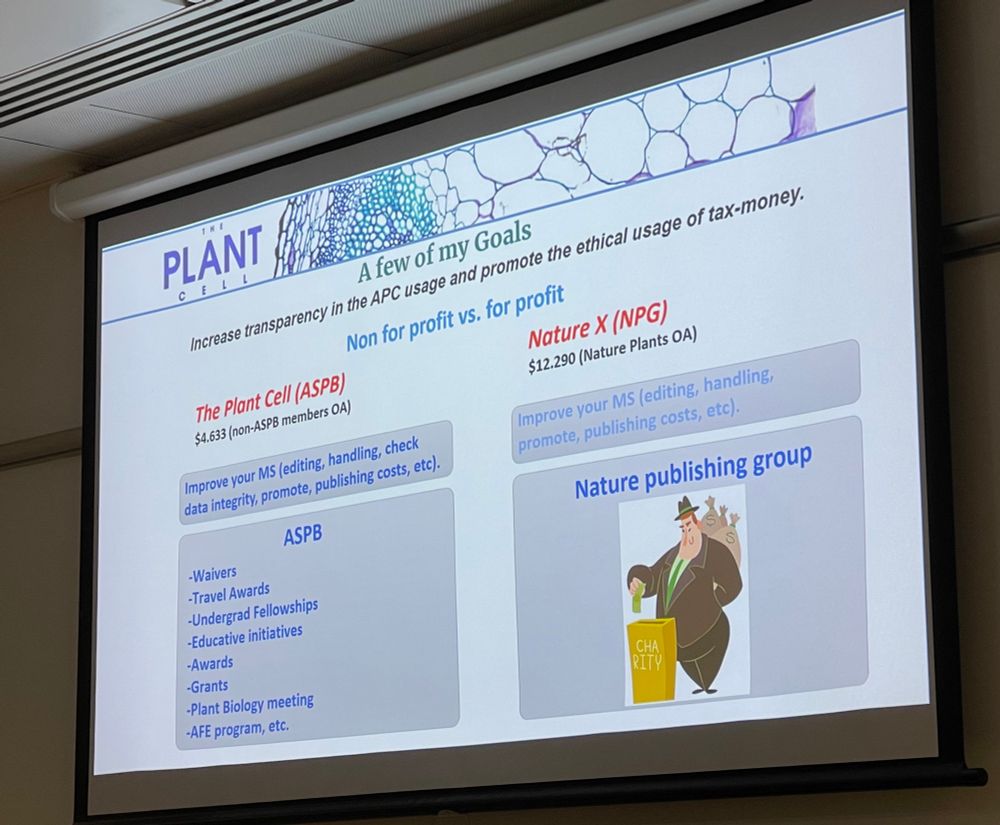
Our ethos for many years now:
1. All papers preprinted along with data.
2. No commercial publishers.
3. Only publish in scientific society journals and with reputable non-profit publishers.
4. Collaborators do what they want.
www.biorxiv.org/content/10.1...
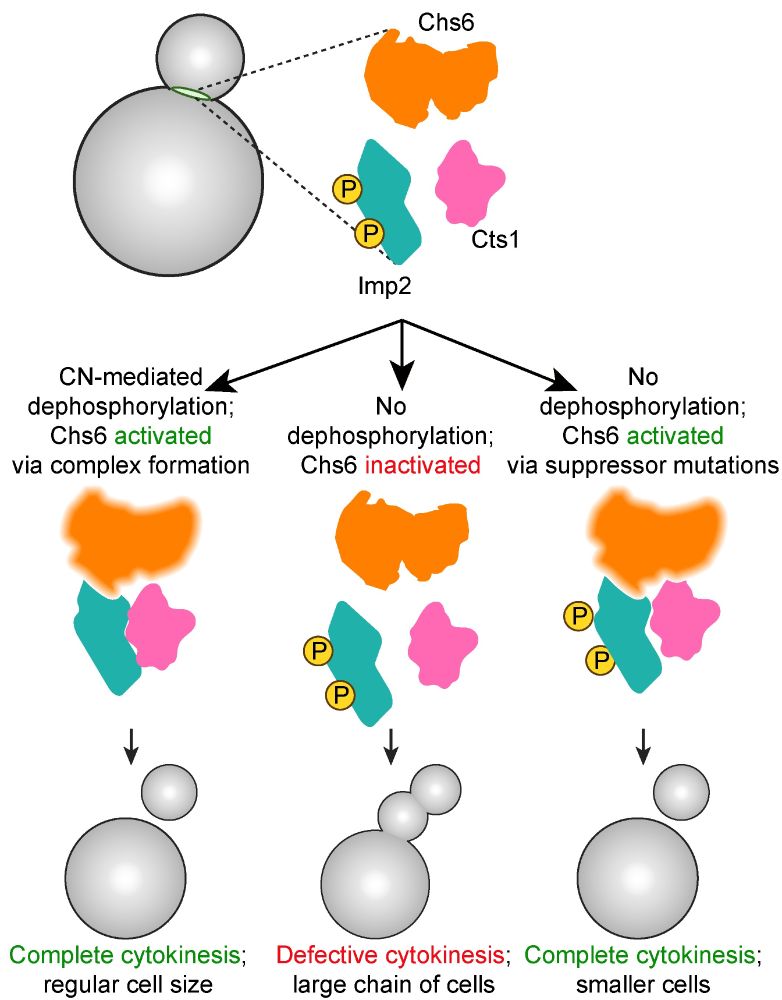
www.biorxiv.org/content/10.1...
It's impossible to just keep your head down and do the work, as the work and the people are vanishing in front of us. 🧪
It's impossible to just keep your head down and do the work, as the work and the people are vanishing in front of us. 🧪

www.biorxiv.org/content/10.1...

www.biorxiv.org/content/10.1...
Excited to share our latest study on mating-type locus evolution in *Cryptococcus* and closely related species! 🧬🔬
Check it out on bioRxiv: 🔗 www.biorxiv.org/content/10.1...
Feedback and discussions welcome! #FungalGenomics #Cryptococcus #Evolution #MATlocus

Excited to share our latest study on mating-type locus evolution in *Cryptococcus* and closely related species! 🧬🔬
Check it out on bioRxiv: 🔗 www.biorxiv.org/content/10.1...
Feedback and discussions welcome! #FungalGenomics #Cryptococcus #Evolution #MATlocus


Our first lichen paper led by @metalichen.bluesky out today is out today - Complexity of the lichen symbiosis revealed by metagenome and transcriptome analysis of Xanthoria parietina - congratulations & thanks to all coauthors

Our first lichen paper led by @metalichen.bluesky out today is out today - Complexity of the lichen symbiosis revealed by metagenome and transcriptome analysis of Xanthoria parietina - congratulations & thanks to all coauthors




🧬 Discover how a pioneer transcription factor-like complex infiltrates repressive heterochromatin, producing transcripts with hidden introns that kickstart RNAi-mediated heterochromatin formation www.nature.com/articles/s41...
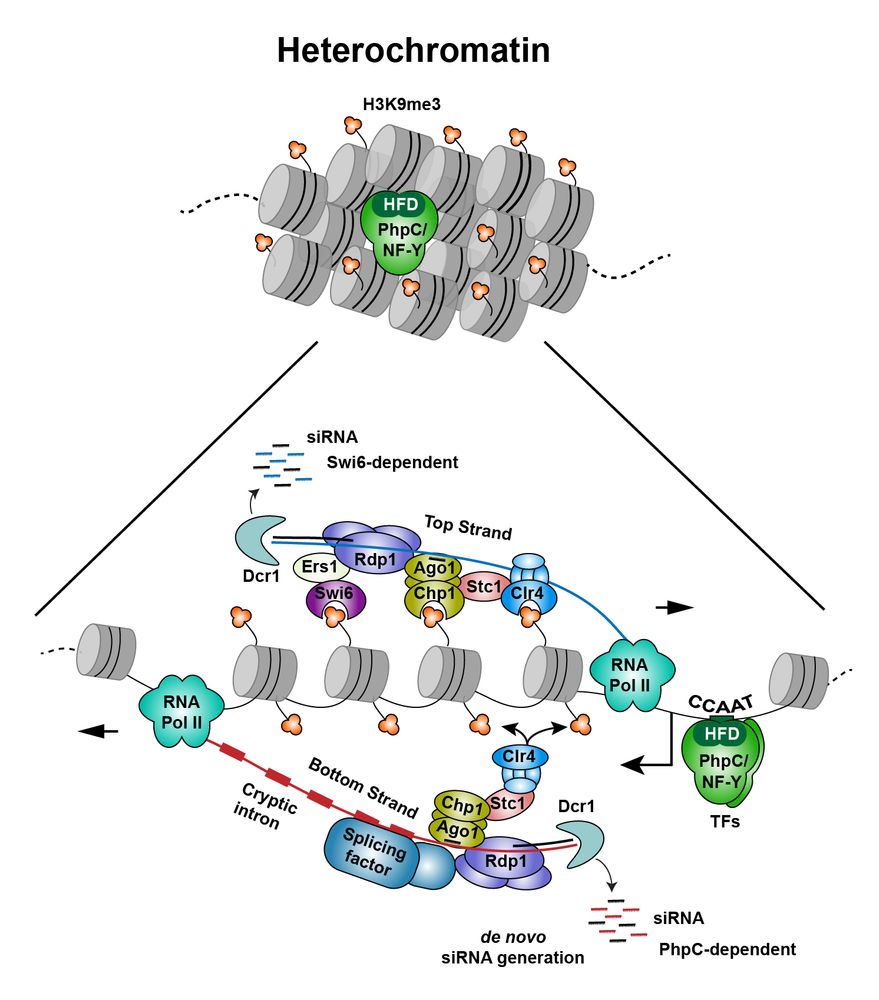
🧬 Discover how a pioneer transcription factor-like complex infiltrates repressive heterochromatin, producing transcripts with hidden introns that kickstart RNAi-mediated heterochromatin formation www.nature.com/articles/s41...

